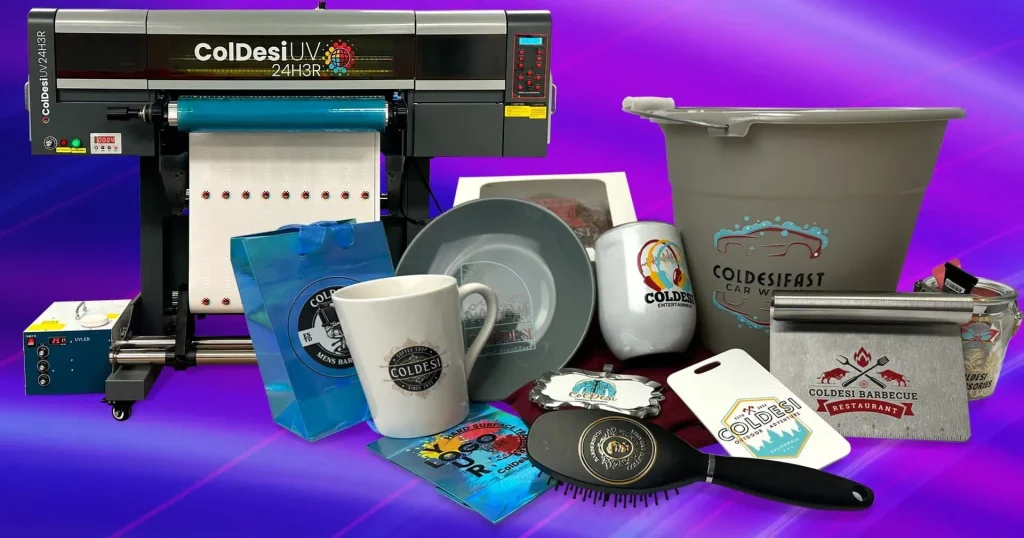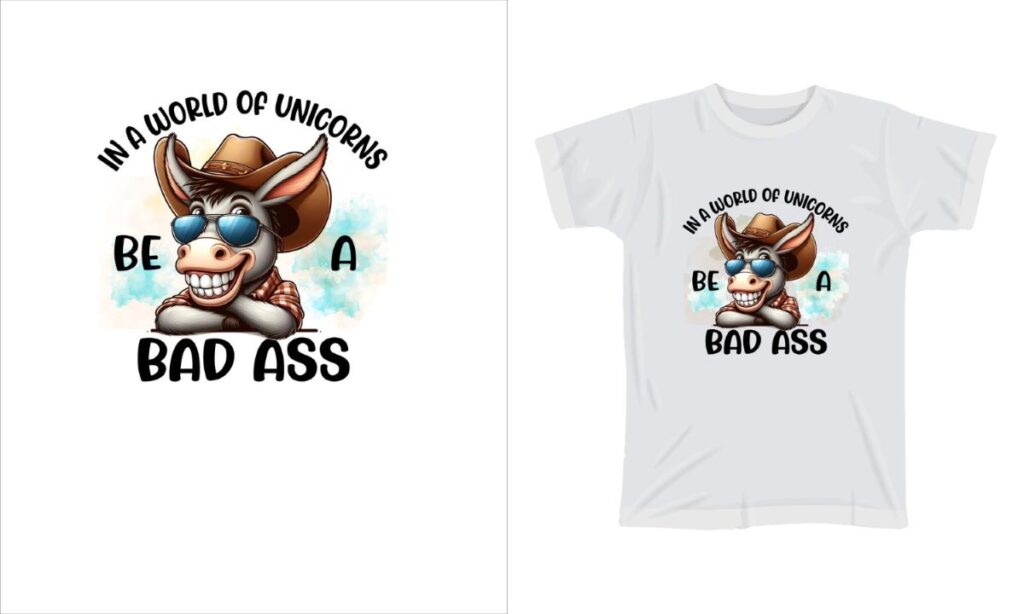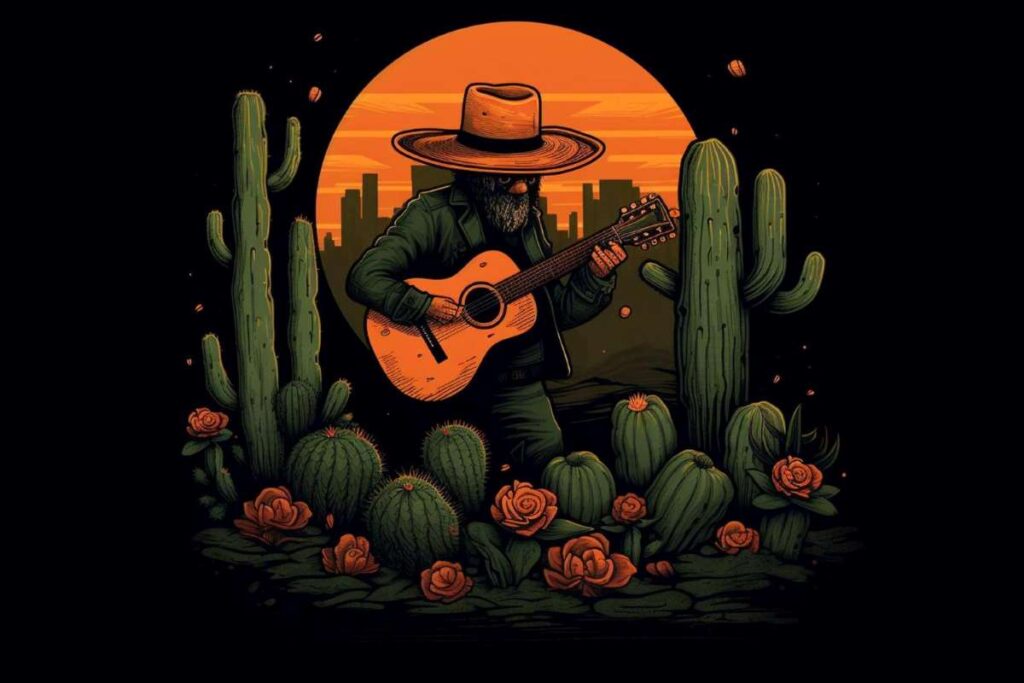UV DTF printing, also known as UV Direct to Film printing, is a groundbreaking technology that is reshaping the landscape of modern printing. By applying ultraviolet (UV) light to cure inks, this innovative method allows for vibrant and intricate designs to be transferred onto a wide array of materials. Beyond its superior print quality, UV DTF printing stands out for its sustainability, aligning well with the growing demand for eco-friendly printing solutions. As industries increasingly seek custom printing solutions, this advanced approach provides a versatile answer to the diverse needs across textile printing innovations, signage, and more. With its blend of efficiency and environmental consciousness, UV DTF printing is set to lead the charge in the future of UV printing technology.
Also referred to as UV Direct to Film technology, this advanced printing method leverages ultraviolet light to create stunning, high-definition prints that cater to various substrates. The fusion of efficiency and adaptability in direct to film printing has led to remarkable breakthroughs in the world of custom printing solutions. As industries shift towards more innovative and sustainable printing methods, UV DTF printing exemplifies the latest textile printing innovations that resonate with eco-conscious consumers. From fashion to promotional materials, the rise of this technology is not just a trend, but a significant evolution in the printing sector.
What is UV DTF Printing?
UV Direct to Film (DTF) printing is an advanced printing technology that leverages ultraviolet light to cure inks, allowing for exceptional detail and vibrancy in prints. This method stands apart from conventional printing techniques by using a film as the intermediary to apply designs directly onto various substrates. It enhances the efficiency of the printing process while ensuring higher output quality, making it ideal for a range of applications including textiles, sign making, and customized promotional products.
In UV DTF printing, the inks are applied to a special film, which is then transferred to a substrate where the UV light activates the curing process. This instant curing not only enhances durability but also reduces the likelihood of smudging and fading over time. With its capacity for high-resolution detail and capability to print on a plethora of materials—from soft fabrics to metals—UV DTF printing is a game-changer for businesses needing reliable, high-quality print solutions.
Frequently Asked Questions
What is UV DTF printing and how does it work?
UV DTF printing, or UV Direct to Film printing, is a modern printing technique that uses ultraviolet light to cure special inks as they are transferred from a film to a substrate. This technology allows for high-quality, vibrant prints on a diverse range of materials, such as textiles, plastics, and metal.
How does UV DTF printing compare to traditional printing methods?
Compared to traditional printing methods, UV DTF printing offers several advantages, including faster setup times, reduced material waste, and the ability to print on a wider variety of substrates. Additionally, UV DTF is more sustainable as it utilizes eco-friendly inks without harmful volatile organic compounds (VOCs).
What industries are benefiting from UV DTF printing technology?
Various industries, including fashion design, promotional products, and signage, are benefiting from UV DTF printing technology. The ability to create custom printing solutions allows businesses to cater to niche markets and fulfill specific customer demands effectively.
Is UV DTF printing environmentally friendly?
Yes, UV DTF printing is considered an environmentally friendly option among sustainable printing methods. It utilizes eco-conscious inks and produces less waste compared to conventional printing techniques, making it a safer choice for both the planet and workplace.
What are the main advantages of using UV DTF printing for textile applications?
For textile applications, UV DTF printing provides high-detail printing capabilities, vibrant color reproduction, and versatility across different fabric types. This technology enables fashion brands to create personalized and unique designs that stand out in the competitive marketplace.
How has technology improved UV DTF printing processes?
Technological advancements in UV DTF printing have significantly enhanced printing speed and quality. Innovations such as faster UV curing systems and automatic feed mechanisms have streamlined operations, allowing manufacturers to meet tight production schedules without compromising on print excellence.
| Key Points | Details |
|---|---|
| Versatile Material Usage | Can print on textiles, plastics, wood, ceramics, and metals, accommodating various shapes and complexities. |
| Sustainability | Utilizes eco-friendly inks, significantly reducing waste and harmful substances compared to traditional methods. |
| Industry Applications | Widely adopted in the textile, signage, and promotional sectors for customizable and high-resolution outputs. |
| Technological Advancements | Improvements in UV curing techniques enhance print speed and quality. |
| Market Growth | Increasing demand for customization supports UV DTF printing’s growth in various sectors. |
Summary
UV DTF Printing is revolutionizing the printing landscape across diverse industries. This innovative technique not only offers exceptional versatility in material compatibility but also champions sustainability through eco-friendly practices. With its ability to produce vibrant, high-quality prints on various substrates, UV DTF Printing is fast becoming the go-to choice for manufacturers seeking to meet the growing consumer demand for customization. As this technology continues to advance, its applications will broaden, solidifying its position as a pivotal tool in modern production processes.



